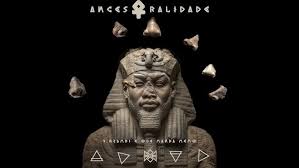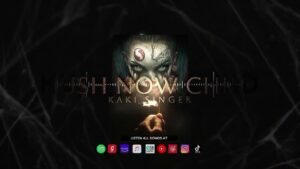Descriptions:
The Song of Songs also Song of Solomon is one of the megillot (scrolls) found in the last section of the Tanakh, known as the Ketuvim.
It is unique within the Hebrew Bible: it shows no interest in Law or Covenant or the God of Israel,
it celebrates passionate love, giving “the voices of two lovers, praising each other, yearning for each other, proffering invitations to enjoy .
The two are in harmony, each desiring the other and rejoicing in sensual intimacy;
the women of Jerusalem form a chorus to the lovers, functioning as an audience whose participation in the lovers’ erotic encounters facilitates the participation of the reader.
In modern Judaism the Song is read on the Sabbath during the Passover, which marks the beginning of the grain-harvest as well as commemorating the Exodus from Egypt.
Jewish tradition reads it as an allegory of the relationship between God and Israel, Christianity as an allegory of Christ and his bride, the Church.
Song of songs. The song of Solomon. fifth or fourth century comprises a collection of profane love songs and epithalamia.
Song of songs – Many waters cannot quench love
نَشِيدُ الأَنَاشِيدِ – مِيَاهٌ كَثِيرَةٌ لاَ تَسْتَطِيعُ أَنْ تُطْفِئَ الْمَحَبَّةَ
The Song of Songs stands alone within the biblical canon:
a highly sensual book within the body of sacred Scripture, a love song to an unknown lover, rich with enigmatic, evocative images that tease the senses even as they confound them.
It is a slippery text that resists all simple readings, and even as it weaves together phrases that resonate with other biblical passages it stands apart from them.
This loveliest, most enigmatic poem of the Hebrew Bible inspired later poets. Perhaps most famously, its language colors, the lyrics (sacred and otherwise) of the great medieval Andalusian poets: Solomon ibn Gabirol, Abraham ibn Ezra, and Judah Halevi among them.
a question that might rise: Is it a religious work, or a secular text, or were such distinctions meaningless in the world of antiquity?
While in recent decades the question of the Song’s sacred or profane nature has been hotly debated, for most of the last two millennia the answer to this question has seemed obvious:
the Song is in the Bible, ergo it must be “religious.” Indeed, the second-century Jewish sage, Rabbi Akiva, described the Song of Songs as the holiest of scriptures,
saying that “all the scriptures are holy but the Song of Song is the holy of holies”
The Song of Songs has a long history of being read as a religious text, but “secular” readings of the work (or, more precisely, interpretations that do not assume the text is a religious allegory) are also possible, and in recent decades have become common.
~ 𝑨𝒔 𝒂 𝒍𝒊𝒍𝒚 𝒂𝒎𝒐𝒏𝒈 𝒕𝒉𝒐𝒓𝒏𝒔 ~
Lyrics: 𝒔𝒐𝒏𝒈 𝒐𝒇 𝒔𝒐𝒏𝒈𝒔
Composition: 𝑯𝒂𝒏𝒏𝒂 𝑨𝒉𝒓𝒐𝒏𝒊
~ ~ ~
𝑯𝒂𝒅𝒂𝒓 𝑵𝒆𝒉𝒆𝒎𝒚𝒂 – lead vocals
𝑺𝒆𝒇𝒊 𝑨𝒔𝒇𝒖𝒓𝒊 𝑯𝒊𝒓𝒔𝒉 – oud
𝑰𝒕𝒛𝒉𝒂𝒌 𝑽𝒆𝒏𝒕𝒖𝒓𝒂 – ney
𝑩𝒆𝒏 𝑫𝒂𝒈𝒐𝒗𝒊𝒕𝒄𝒉 – percussion
𝑨𝒗𝒓𝒊 𝑩𝒐𝒓𝒐𝒄𝒉𝒐𝒗 – double bass
~ ~ ~
Artistic director and content editor: 𝑻𝒂𝒍𝒚𝒂 𝑮.𝑨 𝑺𝒐𝒍𝒂𝒏
musical director, arrangement and mix: 𝑨𝒗𝒓𝒊 𝑩𝒐𝒓𝒐𝒄𝒉𝒐𝒗
Recorded by 𝑹𝒐𝒏 𝑮𝒂𝒗𝒓𝒊𝒆𝒍𝒚
filming & Editing: 𝑺𝒏𝒊𝒓 𝑲𝒂𝒕𝒛𝒊𝒓
Artistic consultant: 𝑹𝒐𝒏𝒆𝒏 𝑷𝒆𝒍𝒆𝒅 𝑯𝒂𝒅𝒂𝒅
Location shooting: 𝑩𝒆𝒊𝒕 𝑲𝒆𝒏𝒅𝒊𝒏𝒐𝒇, 𝒐𝒍𝒅 𝒄𝒊𝒕𝒚 𝑱𝒂𝒇𝒇𝒂
~ ~ ~





















